The main features of a pre-industrial society will be discussed in this article. We will talk in detail about what features are characteristic of it. A pre-industrial society is also called traditional because the main means of reproduction is tradition. In pre-industrial, as in any other society, new social inventions appeared. However, its distinguishing feature is that the activity of man and all members of a particular community as a whole is presented as following the order established in antiquity. Science in a pre-industrial society did not play a significant role. The tradition here dictated its own rules.
The predominance of personal connections
Life was based on personal communication in traditional societies. This is a complex, multiple connection based on personal trust. It is observed to one degree or another in any societies: the mafia, teenage "tribes", neighbors. I recall, for example, the Russian intelligentsia. Her circle was pretty narrow. When reading the memoirs, it seems that all its representatives knew each other. In societies called traditional, this relationship was predominant. People's trust in each other served as a source of legitimacy for the established world.
Two poles
The peasantry and the nobility were two poles of all varieties of this type of society. Everyone knew each other in the village. Noble society is also a rather closed narrow circle (first absolutely, and then relatively). It was created largely on the basis of family ties. Everyone also knew each other here. It may be recalled that some European monarchs were already relatives at the end of the nineteenth century. Saint-Germain suburb still exists in the form in which we know it from the descriptions of Marcel Proust and Honore de Balzac.
Small Communities (Localism)
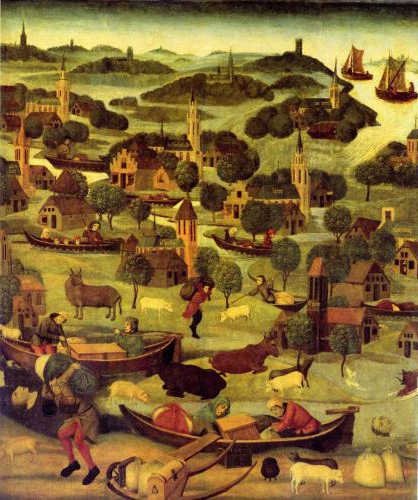
Another characteristic of a pre-industrial society is that people lived in it mainly in small communities (communities). This phenomenon is called localism in science. In contrast to one or another small community, society as a whole cannot exist without the presence of long bonds. Long bonds are transcendental (external) with respect to a small community. This is the power of the despot or king, who are representatives of "all", as well as world religions (the word "religion", recall, goes back to the Latin name, meaning "to bind").
Was there a similarity between nobles and peasants?
The gentleman saw the exact opposite of the simple peasant. He was dressed differently, otherwise he spoke, kept himself. It is impossible at the same time not to pay attention to the fact that there were a number of features uniting him with the peasant. No wonder they both were representatives of the same society. It was a personal type of bond that united them. Each of them knew to whom he was subordinate; he also realized who depended on him.
Any relationships were personified, that is, they were all represented as one or another person. For example, power, God (or gods). The knight had a personal relationship with his weapon - a spear or a sword and a horse, with a peasant - with cattle and a plow. In relation to tools or weapons, that is, to inanimate things, pronouns related to living beings were often used.
Power in traditional societies
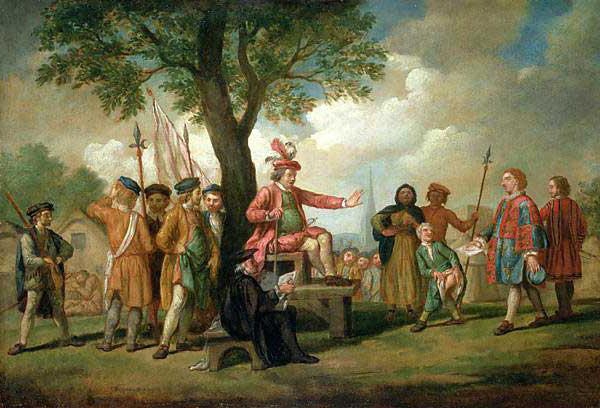
In traditional societies, power was exercised as a personal addiction.Those who had it directly took away the surplus product or even life from those who depended on them. The peasant was personally dependent on his landowner. Power acted simultaneously as patronage of subjects. The form of its legitimation was the protection of the humiliated and offended. The landowner was primarily a patron. The warrior was a defender.
Village and castle
Fernand Braudel (pictured below), a famous French historian, gave an excellent illustration to better understand what was said above. It is a castle surrounded by a village with fields beyond the vineyard. This castle has fused with its surroundings. Together they are one.
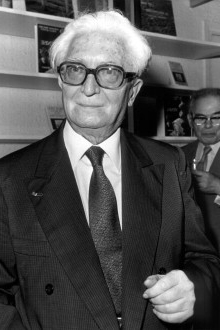
The village and the castle are located in the same physical space. However, their inhabitants are at the same time in different social spaces. They are united in society by a personal type of communication. However, they are at the same time at different poles. Different social functions are performed by the village and the castle, they have different social resources. The nobleman makes bets in public games, inaccessible to the peasant, who is personally dependent on his landowner, even if he is not serfdom dependent on him.
Perceptions of wealth and innovation
The honestly acquired wealth category was absent in traditional society. People did not realize how wealth is generated through exchange. What was gained from owning the land was its ideal form. The landowner, landowner, peasant - the figures are revered. Merchant - no. It is believed that power gives wealth, not wealth - power.
In this society there was no idea of extra-moral extra-personal forces with which a person cannot directly operate. We can say that the ability and habit of living in a world of abstractions was also practically absent. The peasant did not realize how to make money on the carriage of sand - because his nature gives for free, labor is not applied to such a way of earning. In turn, the nobleman did not understand why he should pay the debt on time to the merchant. In society, therefore, relatively few social mediators have been approached.
There was practically no idea of innovation in a pre-industrial society. The fact is that man lived in the Circle of time. Time was presented as a circle, as an endless change in the repeating seasons. From God, from various mystical forces of nature, changes come, but not from man.
The importance of social role
Pre-industrial society was also characterized by the fact that it did not value individuality. It was believed that it was important to fit into one's social role as best as possible, which is perceived as a fate given by God, and fate cannot be changed. Each person had one role, and it simply was impossible not to correspond to it in a traditional society. If someone tried to do this, he automatically became an outcast.
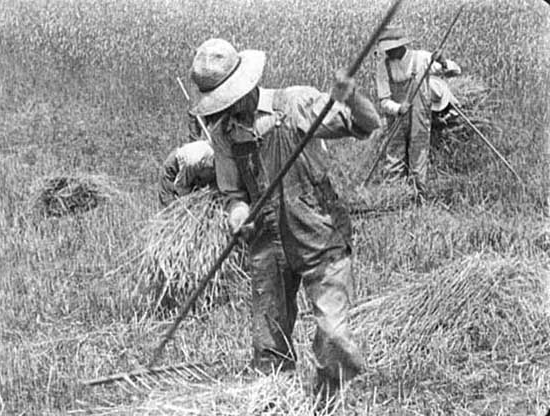
For nobles and peasants, the concept of honor was identified with the correspondence of their role. There is a noble honor, but there is a peasant honor. We recall as an example the mandatory dueling code for the nobility. It was considered dishonest for the peasant not to be confused (the kind of mutual assistance that existed at that time, in which, for example, the whole community was going to build a house for some member of it). The code of honor among those and others did not apply to outsiders. The nobleman's code of honor also dictated the obligatory return of card debts. But repaying debt to merchants, artisans and creditors was not considered mandatory.
Ritual
Social mechanisms, social memory in traditional society worked through a ritual, and not through the consciousness of an individual. Highly ritualized was a pre-industrial society. This applies to both the upper and lower classes. A ritual is work not with consciousness, but with the body. Behavior was regulated at the language level, for example, sayings that embodied one or another social norm.
Narrow selection frames
The scope of life choices for individuals was narrow: it was believed that a person should follow the role assigned to him, even if it is the role of the king. The words of Louis the Fourteenth, who said "the state is me," testify to many things. They demonstrate by no means the highest degree of his personal freedom, but just the opposite. The slave of his role is the king. Freedom in traditional societies is an opportunity to either be arbitrary or to follow the good path that was intended from above.
A person does not choose, but he can be called up. At the same time, such a calling was regarded as a great event in which superhuman forces take part. Recall, for example, Joan of Arc. This woman did not choose her own path. She entered upon him from above. In people living in the twenty-first century, vocation is associated with an autonomous, personality-individual decision of an individual. The framework of life in traditional societies was created by ritual and custom: each member of such a society knew what he should do, what he should do. His path was predetermined.
Changes in pre-industrial societies
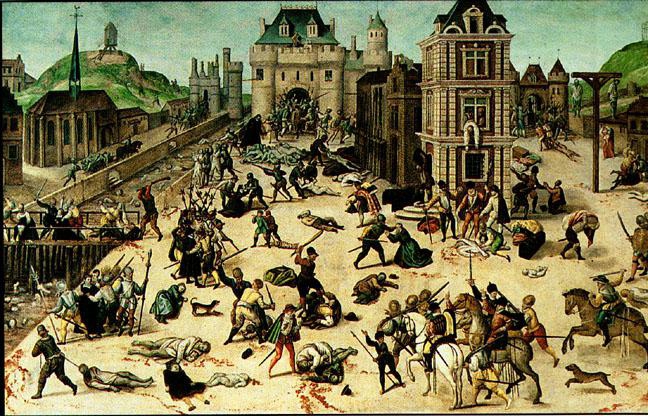
They changed very slowly over the centuries. The life of the peasants changed most slowly. Diet, clothing, methods of cultivating the land, physical appearance (taking into account local characteristics, of course) persisted almost until the beginning of the twentieth century. Practical patterns of activity in peasant communities were codified: through the routine of the year and day, rituals and customs, concluded in proverbs and proverbs of folk wisdom. Such codes have existed for a very long time. They, as a rule, were not recorded in writing, that is, the pre-industrial type of society did not have codes of customary law.
If we turn to the life of its various privileged strata, we can find that changes occurred much faster here. New standards of behavior arose in pre-industrial society, symbolic civilizational codes appeared, including those recorded in writing. Important source of power was an effective apparatus for self-control. More likely, self-control evolved in privileged spaces. The prerogative of the masters, not slaves, was the ability to transcend, as well as be free to act.
Inventions
The economy of a pre-industrial society was not based on scientific achievements. Inventions were not very much appreciated because people preferred traditional farming methods and social relations. However, unintended social inventions arose in any societies, including traditional ones.
They are used by all people. This includes tactics of everyday resistance that were born among the peasantry, and polite manners that arose in the court environment, and the centralization of violence, which gradually led to the formation of states in their current significance. These “inventions” changed society gradually, but did not make it still modern post-industrial. A new person had to appear in order for the transition from a pre-industrial society to an industrial one, and then to a post-industrial one. We will talk a little about the latter at the end of the article.
Economic characteristics of pre-industrial society

We list the main economic features of a pre-industrial society. It was a very motley, heterogeneous mosaic, consisting of isolated social units. Pre-industrial society was noted by the fact that the course of economic processes was determined largely by the religious authorities. The employment structure is such that almost all people were employed in the primary sector, mainly in agriculture.
Labor productivity was relatively low.For a pre-industrial society, it was characteristic that its pace did not allow the release of workers to attract them to other industries. Economic activity in such a society was secondary, subordinate to some more important principles of regulation, which proceeded from power regulations or sacred laws. On the prestige scale, priestly activities held a high place in maintaining eternal values.
The supreme power governing society was aimed at this, since it was an expression of violence and power. For the majority of the population of such a society (as well as for many people living in third world countries today), household work and production activities are not separable. All these characteristic features of a pre-industrial society, as you understand, are not related to modern society. Its economy is based on completely different principles.
Types of Pre-Industrial Societies
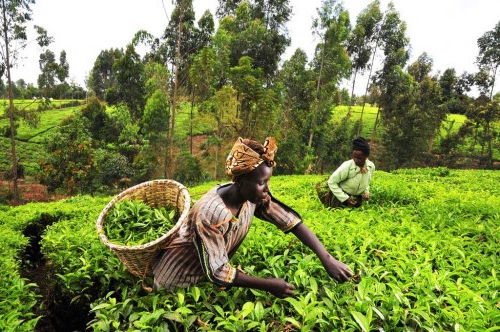
What was important to traditional societies was whether they were based on a producing or appropriating farm. Types of society with an appropriating economy, in turn, are distinguished depending on whether agriculture or livestock breeding prevails in them. Hunting, fishing and gathering are attributive types. For producers - livestock and agriculture. Quite arbitrarily, of course, the division into farmers and pastoralists. In history, probably, there were practically no types of society that produced and consumed only plant or animal food.
Post-industrial society
As we promised, we will briefly talk about him. Pre-industrial and industrial society are considered as two main types. However, today division is no longer limited to this. The fact is that in the middle of the twentieth century a post-industrial society arose, which was fundamentally new in relation to industrial. It can also be defined as information, that is, in which information is the main value.
This society is primarily educated people, in contrast to pre-industrial. Another name for it is global, because it is based on dominance in the economy of transnational corporations and the widely used international division of labor. There is an assumption that in the traditional sense of the word, societies cease to exist today, and a planetary society based on a common culture is gradually forming. This idea has many supporters and opponents. However, the very existence of a post-industrial society is no longer denied by anyone.








